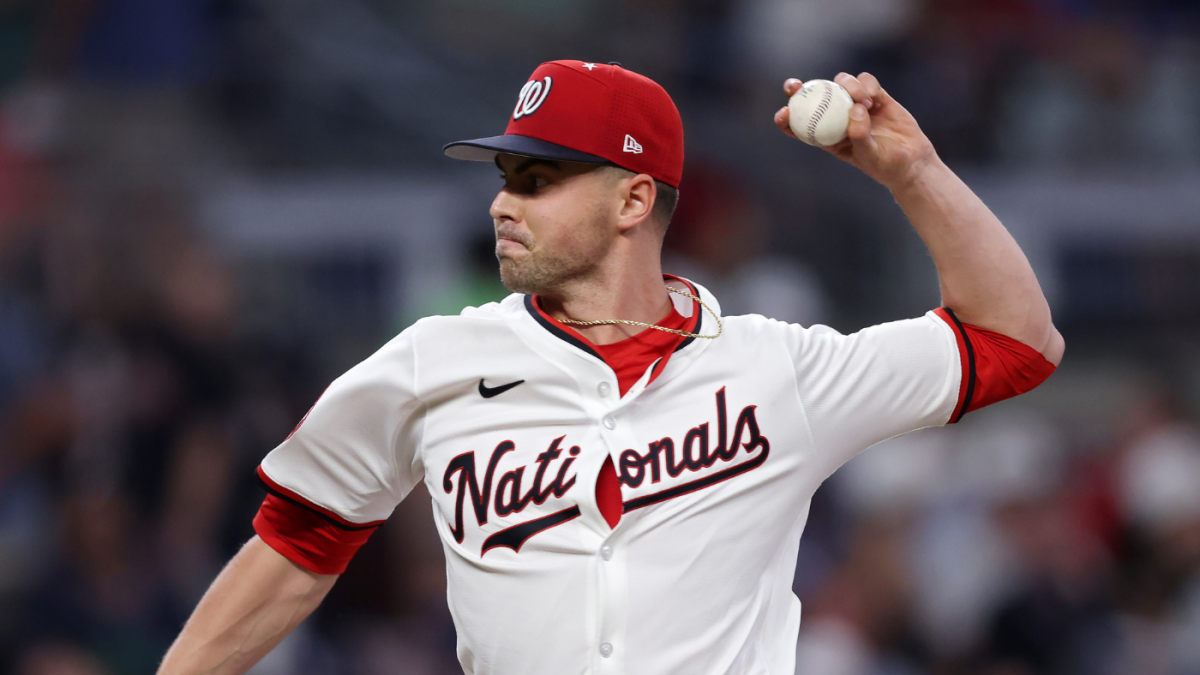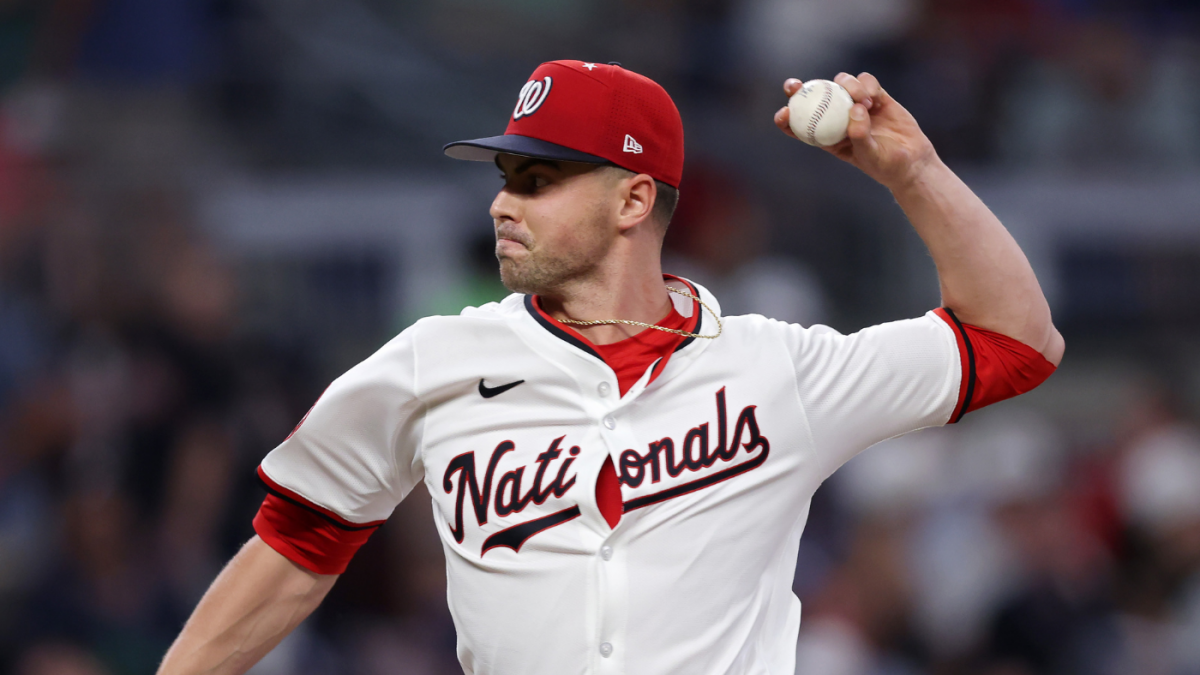The Padres’ Trade Deadline Predicament: A Balancing Act Between Buying and Selling
Introduction: A Crossroads of Ambition and Pragmatism
The San Diego Padres stand at a critical juncture as the MLB trade deadline looms. The team’s recent aggressive moves, including the acquisitions of Dylan Cease and Luis Arraez, have set high expectations, but their on-field performance has been inconsistent. This dichotomy has placed General Manager A.J. Preller in a delicate position: Should the Padres go all-in on a playoff push, or should they pivot to a more pragmatic approach by trading key assets to secure future talent? The answer lies in a nuanced strategy that balances immediate competitiveness with long-term sustainability.
The Dual Strategy: Buying and Selling Simultaneously
The Padres’ situation is unique in that they have the flexibility to be both buyers and sellers at the deadline. This dual approach allows them to address pressing needs while also capitalizing on the value of their tradeable assets. By leveraging high-profile players like Dylan Cease, Michael King, Luis Arraez, or Robert Suarez, the Padres can acquire younger talent or prospects that align with their long-term vision. Simultaneously, they can target specific areas of need, such as starting pitching or catching, to bolster their roster for a potential playoff run.
Identifying Critical Needs
To execute a successful trade deadline strategy, the Padres must first identify their most pressing needs. Several areas stand out as potential targets for improvement:
Starting Pitching: A Cornerstone of Success
Despite the acquisition of Dylan Cease, the Padres’ starting rotation remains a point of concern. Injuries and inconsistent performances have left the team vulnerable. Adding another reliable starter, such as Andrew Heaney, could provide the stability needed to navigate the grueling second half of the season. A strong rotation is essential for any team with playoff aspirations, and the Padres must prioritize this area if they hope to contend.
Catching: Stability Behind the Plate
The catching position has been a source of inconsistency for the Padres. Injuries and underperformance have created a need for an upgrade. Sean Murphy of the Atlanta Braves could be a viable option, depending on the emergence of Drake Baldwin. A reliable catcher can anchor the defense, provide leadership, and contribute offensively, making this a critical area for improvement.
Bullpen: Depth and Versatility
While Robert Suarez has been a dominant force in the bullpen, the Padres could benefit from adding depth and versatility. A well-rounded bullpen is crucial for managing late-game situations and maintaining leads. Targeting relievers with different skill sets can provide the flexibility needed to navigate various scenarios, ensuring the team is prepared for any challenge.
Key Trade Chips and Potential Targets
The Padres possess several assets that could be attractive to other teams. These include:
Dylan Cease: A High-Value Asset
Despite being acquired relatively recently, Dylan Cease’s value remains high. His strong performances and controllable contract make him an attractive target for teams seeking a frontline starter. Moving Cease could fetch a significant return, allowing the Padres to address multiple needs with the acquired assets.
Michael King: Potential and Control
Michael King has shown flashes of potential, and his controllable contract could make him an attractive target for teams seeking young pitching. His value lies in his ability to contribute both in the rotation and the bullpen, providing versatility that can be leveraged in trade discussions.
Luis Arraez: Bat-to-Ball Skills and Versatility
Luis Arraez’s bat-to-ball skills and positional versatility make him a valuable asset. However, his defensive limitations might make him expendable if the Padres prioritize other needs. His offensive contributions could be a valuable addition to a contending team, making him a potential trade chip.
Prospects: Building Blocks for the Future
The Padres’ farm system, while not as highly ranked as in previous years, still contains intriguing prospects who could be used in trades. These prospects can serve as valuable currency in acquiring established players or future talent, allowing the Padres to build for both the present and the future.
The MacKenzie Gore Factor: A Potential Reunion
MacKenzie Gore’s name frequently appears in discussions surrounding the Padres and the trade deadline. Traded to the Washington Nationals in the Juan Soto deal in 2022, Gore has shown flashes of brilliance but has also struggled with consistency. Reports suggest the Nationals are rebuilding around players like Gore, C.J. Abrams, and James Wood.
A reunion with Gore could address the Padres’ need for starting pitching, but it would likely require a significant package of prospects or established players. The Padres must carefully weigh the potential benefits of acquiring Gore against the cost of acquiring him. Gore’s recent performance against his former team adds another layer of complexity to any potential trade discussions.
The Nationals’ Perspective: Rebuilding and Future Success
The Washington Nationals are in a clear rebuilding phase. With the trade deadline approaching, their focus is on acquiring young talent and building for the future. They have several players who could be attractive to contending teams, including MacKenzie Gore and possibly veterans on expiring contracts.
The Nationals will likely be looking for prospects with high ceilings or young, controllable players who can contribute to their long-term success. Any trade with the Padres would need to align with this strategy. The Nationals need to “go big game hunting” for a free agent to compliment Gore, making them a potential partner in trade discussions.
Financial Considerations: Balancing the Books
The Padres’ financial situation will play a significant role in their trade deadline decisions. They have a high payroll and may be hesitant to add significant salary unless they are confident it will lead to a deep playoff run. This could limit their ability to acquire high-priced players like Juan Soto.
The Padres might also consider shedding salary by trading players with expensive contracts. This would free up financial flexibility and allow them to pursue other options in the offseason. Balancing the books while maintaining competitiveness is a delicate act that requires careful consideration of both short-term and long-term implications.
The Pressure to Win: A Double-Edged Sword
The Padres entered the season with high expectations after significant investment in the roster. The pressure to win is immense, and a failure to make the playoffs would be a major disappointment. This pressure could influence their decision-making at the trade deadline, potentially pushing them to make a bold move to improve their chances.
However, the Padres must also be mindful of the long-term implications of their decisions. Overpaying for short-term gains could hinder their ability to compete in the future. Striking the right balance between immediate success and sustainable growth is crucial for the team’s long-term viability.
Conclusion: Charting a Course for Success
The San Diego Padres face a complex and challenging trade deadline. They must carefully balance their desire to contend with the realities of their roster, financial situation, and the available trade market. A “buy/sell” strategy might be the most prudent approach, allowing them to address immediate needs while also acquiring future assets. Ultimately, the Padres’ success at the trade deadline will depend on their ability to make smart, strategic decisions that align with their long-term goals. By navigating this delicate landscape with foresight and precision, the Padres can position themselves for both immediate success and sustained competitiveness in the years to come.












